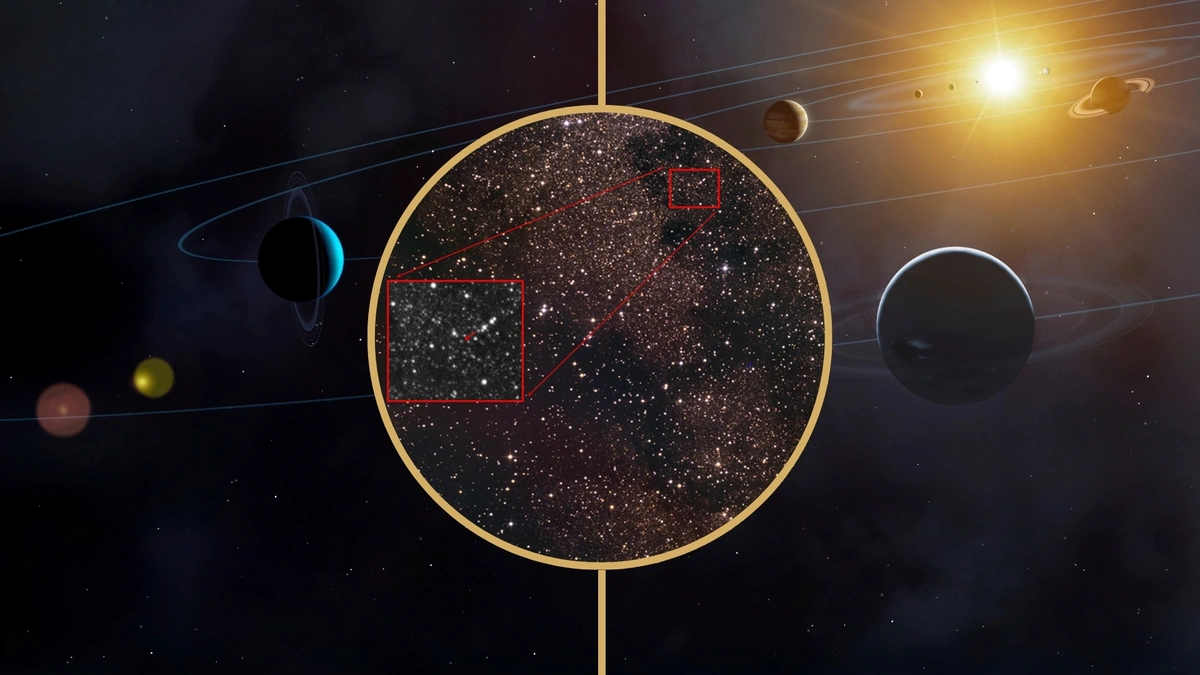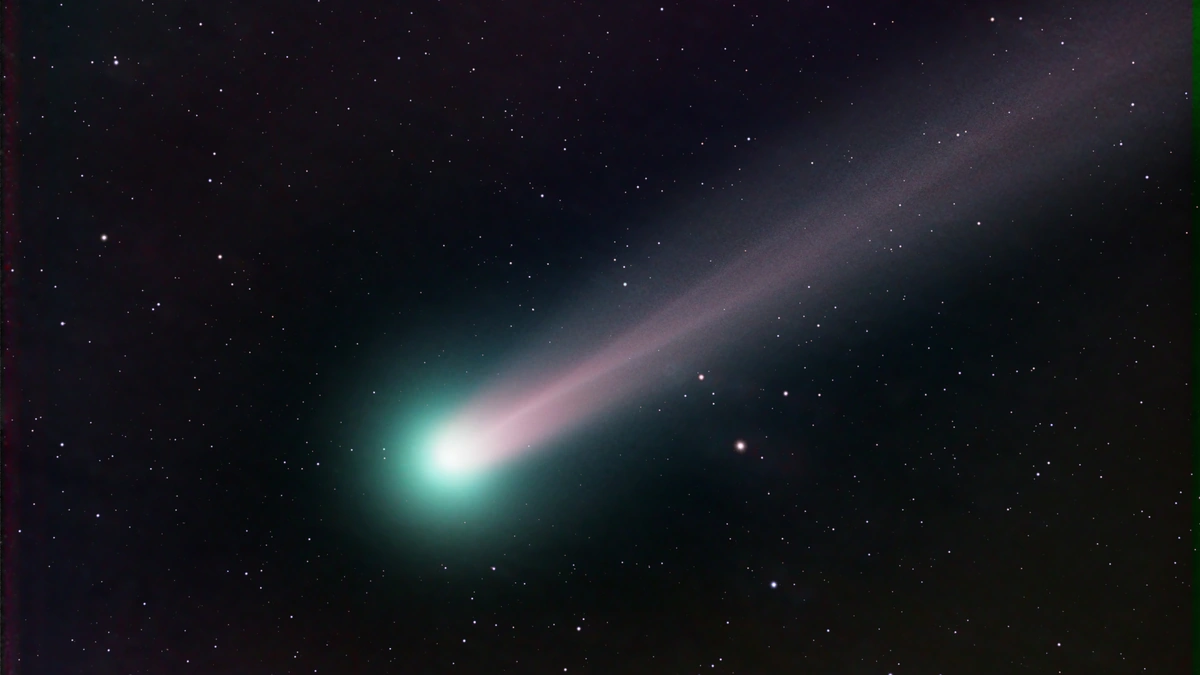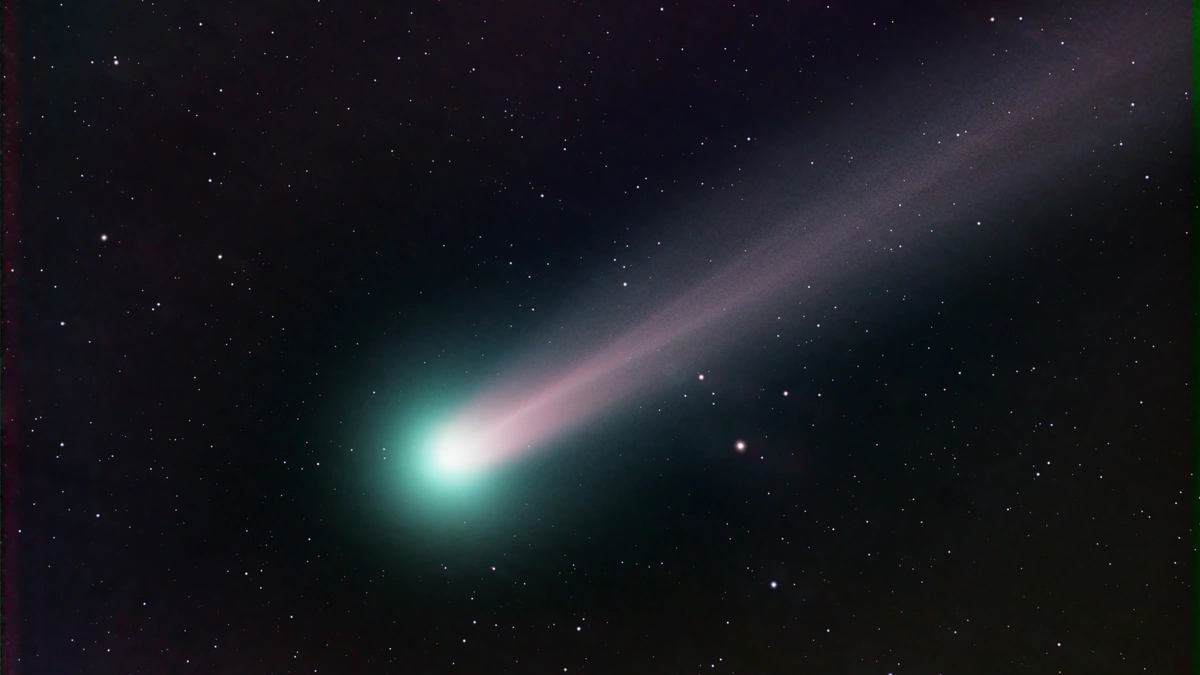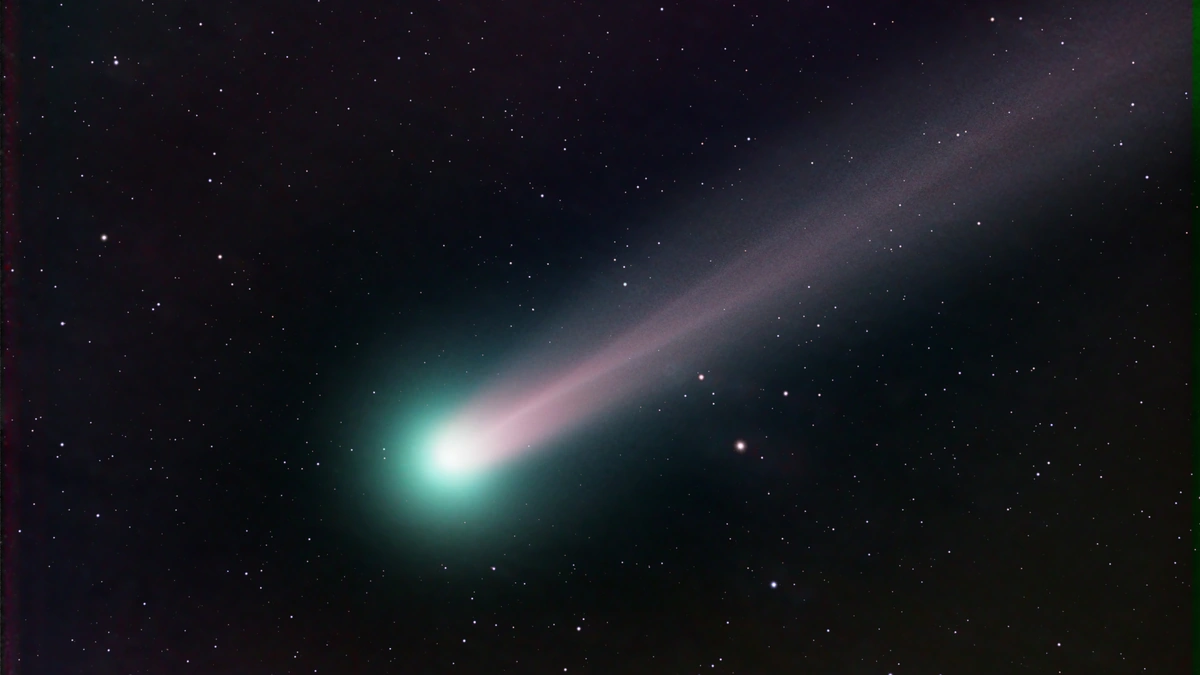The Truth About Interstellar Object 3I/ATLAS | Real Images Revealed
Alright, folks, let’s talk about something truly out of this world – literally. We’re diving deep into the story of Interstellar Object 3I/ATLAS , a visitor from beyond our solar system. But this isn’t just another space news update; we’re going to look at the real images , figure out why this matters, and explore what it tells us about the vast cosmic neighborhood we live in. Forget the textbook definitions; let’s explore the implications of this celestial wanderer.
Why 3I/ATLAS Is More Than Just a Space Rock
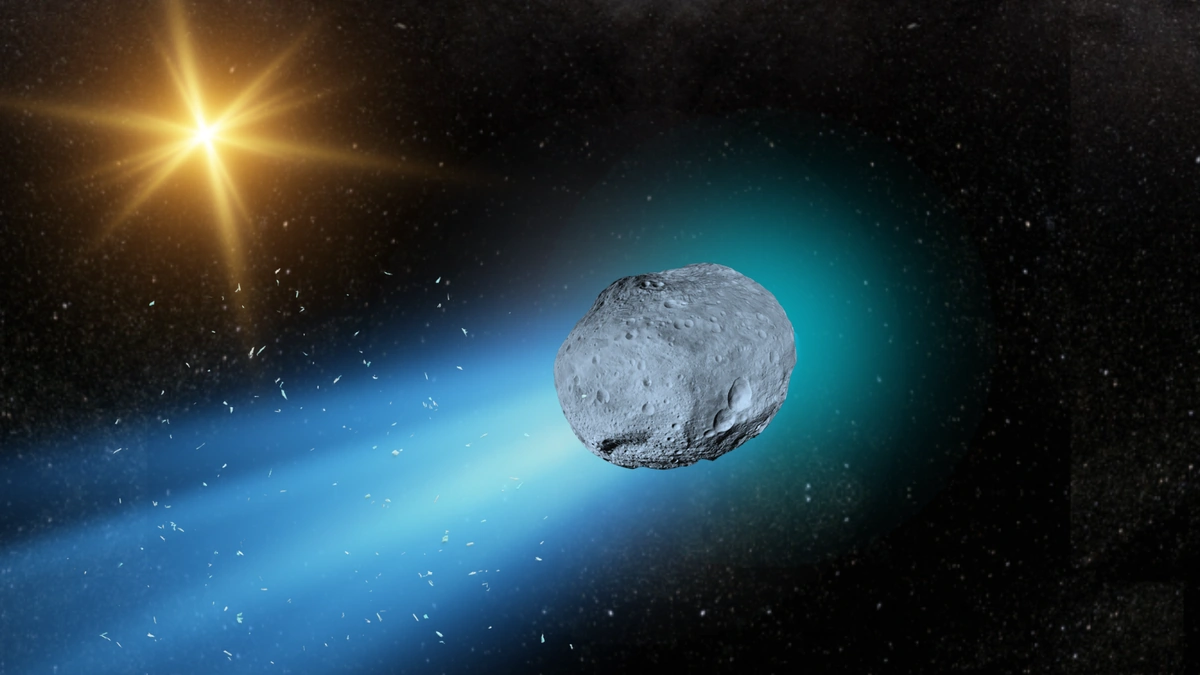
So, why should anyone care about a random object zipping through space? Here’s the thing: 3I/ATLAS isn’t just any space rock. Its interstellar origin makes it a cosmic messenger, carrying secrets from another star system. Think of it like finding a time capsule buried from an ancient civilization. Discovering its orbital path is like finding a map to a new world. The big question: what’s inside?
What fascinates me is the sheer improbability of this encounter. Space is vast – mind-bogglingly vast. The fact that 3I/ATLAS even crossed our path is incredible. It means that interstellar objects might be more common than we thought. This has huge implications for understanding how planetary systems form and exchange materials. This has opened up new research avenues, making it one of the most talked about celestial objects by astronomers worldwide.
Decoding the Real Images | What Are We Seeing?
Let’s be honest: raw astronomical images can be underwhelming. They’re often black and white, speckled with noise, and require expert processing to reveal their secrets. But that’s where the real magic lies. Scientists use sophisticated techniques to enhance these images, bringing out subtle details that would otherwise be invisible.
When we look at the images of 3I/ATLAS, we’re seeing the result of these efforts. We see a faint, diffuse object, often with a slight coma (a cloud of gas and dust) around it. This coma tells us that 3I/ATLAS is likely icy, and that it’s sublimating (turning directly from solid to gas) as it gets closer to the sun. What’s interesting is comparing these images to those of comets originating in our solar system. Are there differences in composition? Size? Speed?
The Hunt for More Interstellar Visitors
3I/ATLAS isn’t the first interstellar object we’ve detected; that honor belongs to ‘Oumuamua. But each new discovery adds to our understanding. Astronomers are now actively searching for more of these interstellar travelers, using advanced telescopes and algorithms to sift through vast amounts of data. The Vera C. Rubin Observatory, currently under construction, is expected to revolutionize this field.
The data collected is expected to help astronomers understand the object’s composition , its size, and its trajectory with greater precision, providing valuable insights into its origins and history. The search for these objects involves advanced technologies and collaborative efforts across the globe.
The Implications for Panspermia
Okay, this is where things get really interesting. Panspermia is the hypothesis that life can spread throughout the universe via asteroids, comets, and you guessed it interstellar objects. If 3I/ATLAS or a similar object, carried microbial life from another star system to our solar system, or vice versa, it would revolutionize our understanding of biology.
Now, I’m not saying that 3I/ATLAS is carrying alien microbes. But the possibility, however remote, is tantalizing. It highlights the interconnectedness of the cosmos and the potential for life to exist beyond Earth. It is a unique object of study, which has led scientists to speculate on many theories.
Speaking of exciting possibilities, the mere existence of such interstellar objects 3I/ATLAS offers exciting avenues for future space exploration. Imagine a mission to intercept and study one of these objects up close! The technological hurdles are immense, but the potential scientific payoff would be enormous.
What Lies Ahead for Interstellar Research
The discovery of 3I/ATLAS and other interstellar objects has opened a new chapter in astronomy. We’re no longer limited to studying objects within our solar system; we can now sample materials from other star systems. This will require new technologies, new collaborations, and a willingness to challenge our existing assumptions.
And that, my friends, is why 3I/ATLAS matters. It’s not just a space rock; it’s a window into the wider universe, a reminder that we’re part of something much larger than ourselves. This is only the beginning. As we continue to explore the cosmos, expect more surprises, more mysteries, and more opportunities to expand our understanding of our place in the universe. As per Wikipedia , the study of such objects can help determine how other solar systems are formed.
Ultimately, the study of 3I/ATLAS enhances our understanding of the larger cosmos and our place within it. What a fascinating time to be alive, as we begin to uncover the secrets hidden in the depths of space!
To add to this, learning about the interstellar object’s origin can provide a unique opportunity to discover new insights about how different star systems form and exchange materials.
The story of 3I/ATLAS is a reminder that the universe is full of surprises. And it’s a unique object that’s constantly changing, challenging our understanding of the cosmos. From analyzing its composition to tracking its trajectory, every aspect of its journey offers new insights. Who knows what secrets future observations will reveal?
This research could fundamentally change how we view the universe.
FAQ About Interstellar Object 3I/ATLAS
What exactly is an interstellar object?
It’s an object, like an asteroid or comet, that originated outside our solar system and is just passing through.
How was 3I/ATLAS discovered?
It was discovered by the ATLAS (Asteroid Terrestrial-impact Last Alert System) survey, which scans the sky for potentially hazardous asteroids. The discovery of interstellar objects is largely accidental.
Can we visit 3I/ATLAS?
In theory, yes. But with current technology, it would be incredibly difficult and expensive due to the object’s speed and distance. The trajectory of interstellar objects makes it hard to intercept them.
What does 3I/ATLAS tell us about other star systems?
It gives us a sample of the materials that exist in other planetary systems, helping us to understand how they form and evolve.
Is 3I/ATLAS dangerous to Earth?
No, its trajectory takes it far from Earth, so there’s no risk of a collision. The characteristics of interstellar objects don’t make them a threat to our planet.
What are scientists hoping to learn from studying 3I/ATLAS?
Scientists hope to learn about the composition and origins of planetary systems beyond our own. This will ultimately help us understand the bigger picture of how the universe operates.
